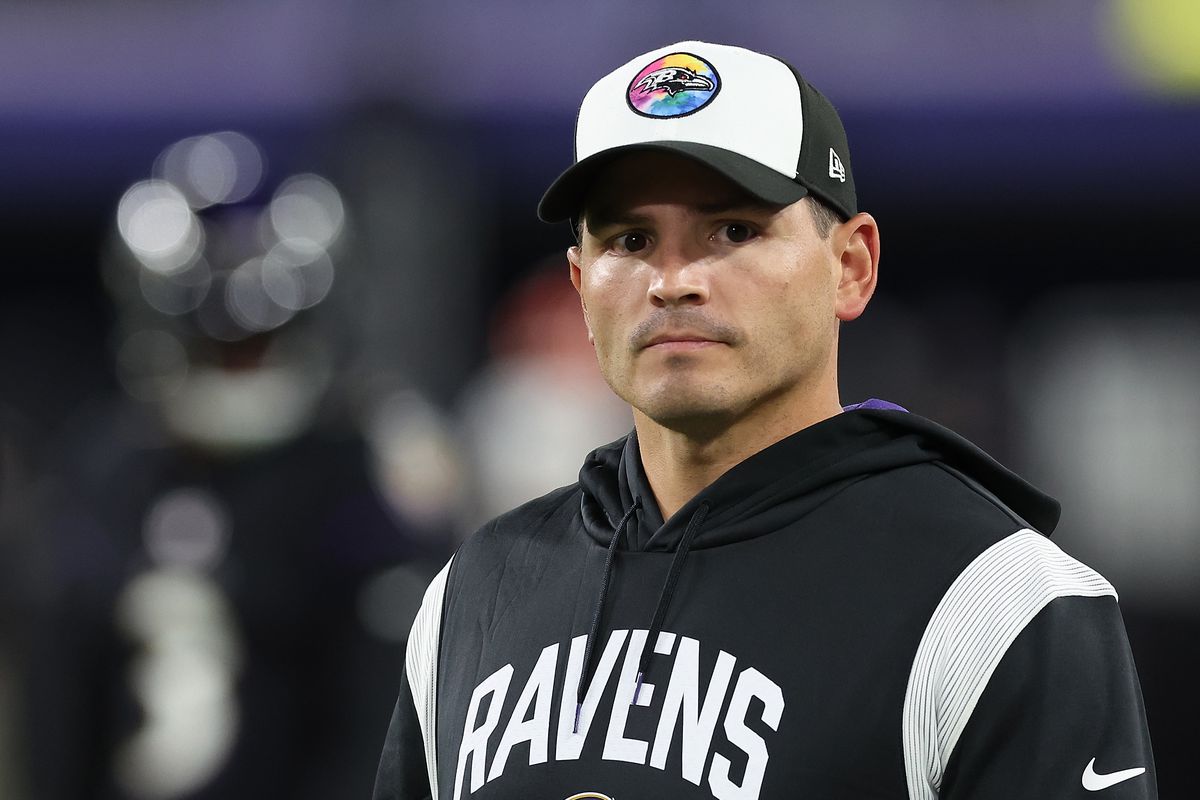Last week, FTN Fantasy released its statistical breakdown of NFL defenses and their pressure/no pressure splits for the 2023 season. Hurries, knockdowns, and sacks are all classified as pressures, but plays that end with a defensive pass interference penalty are not included.
The Seattle Seahawks ranked 12th in pressure rate—yes, it didn’t feel like that at all—but they were a poor pass defense whether they generated pressure or not. Seattle’s DVOA with pressure was a pitiful 29th (behind the Detroit Lions, Washington Commanders, and Philadelphia Eagles), as well as 29th in yards allowed per play with pressure (3.7). When the Seahawks didn’t generate pressure, they were 20th in yards allowed per play and 25th in DVOA. You know what that means? Seattle was a poor pass defense whether they generated pressure or not.
This is something we discussed last year, except the Seahawks were actually a good defense when they pressured the QB and terrible without pressure. Being bad at both gives you no shot at success in this sport.
In contrast, Mike Macdonald’s Baltimore Ravens defense averaged a comically low 0.8 yards per pass play with pressure and 6.4 yards per play allowed on plays without pressure. The Ravens were 1st in DVOA in both categories, all while ranking a modest 18th in pressure rate.
Macdonald’s previous season as Ravens DC saw his side rank 24th in pressure rate and just 23rd in DVOA with pressure, but again 1st in DVOA without pressure. This is not a huge sample size, but there’s reasonable evidence to suggest that Macdonald’s Baltimore defenses didn’t have to have a high pressure rate in order to become one of the league’s best pass defenses.
The Athletic’s Ted Nguyen has a fantastic (paywalled) article about the rise of Macdonald as a defensive mastermind, noting how he differentiates from Wink Martindale, his predecessor as Ravens DC. What stands out his the efficacy of Macdonald’s pass defense without a great pressure or blitz rate.
Macdonald isn’t doing anything particularly unique schematically. He learned many of his blitzes and pressures from Martindale, whom he coached under from 2018-2021, except Martindale mostly used single-high safety defenses, and Macdonald calls a lot of two-deep defenses.
There are some similarities to the Fangio system on early downs. The Ravens showed a lot of two-deep safeties before rotating into their coverages to disguise. Macdonald is aggressive, but he actually doesn’t bring more than four rushers much. The Ravens have ranked 22nd in blitz percentage (13.7 percent) since 2022. Macdonald pressures offenses with the illusion of multiplicity and simulated pressures (four-man rushes with one or more rushers coming from the second or third level with one or two defensive linemen dropping into coverage).
[…]
The Ravens don’t deploy a ton of different fronts and pressures, but they have endless ways of changing the presentation for offenses. Essentially, he’s taking Sean McVay’s philosophy of making everything look the same until it isn’t but applying it to his pressure packages.
I’m not anticipating an overnight fix; I also recognize the personnel disparity between the current Seahawks roster and the Ravens defense after the Roquan Smith trade. It’s also encouraging that his defensive scheme doesn’t fall to pieces if his front can’t get after the quarterback.
As I’ve repeated throughout this offseason, I am much more concerned about the Seahawks fixing their pass defense than run defense (which also needs to improve, to be clear). If Macdonald’s scheme implementation is successful, then we won’t need to assume the worst if the pass rush isn’t getting home.












